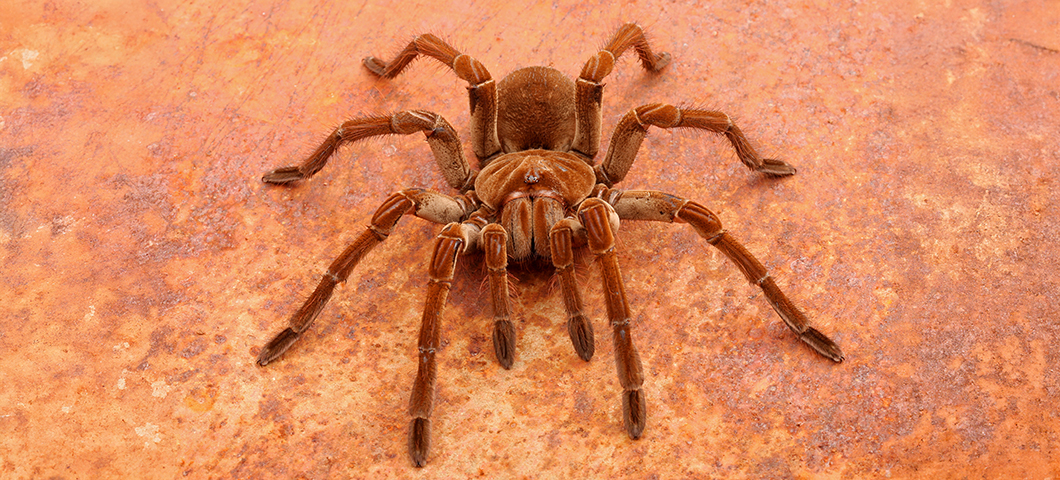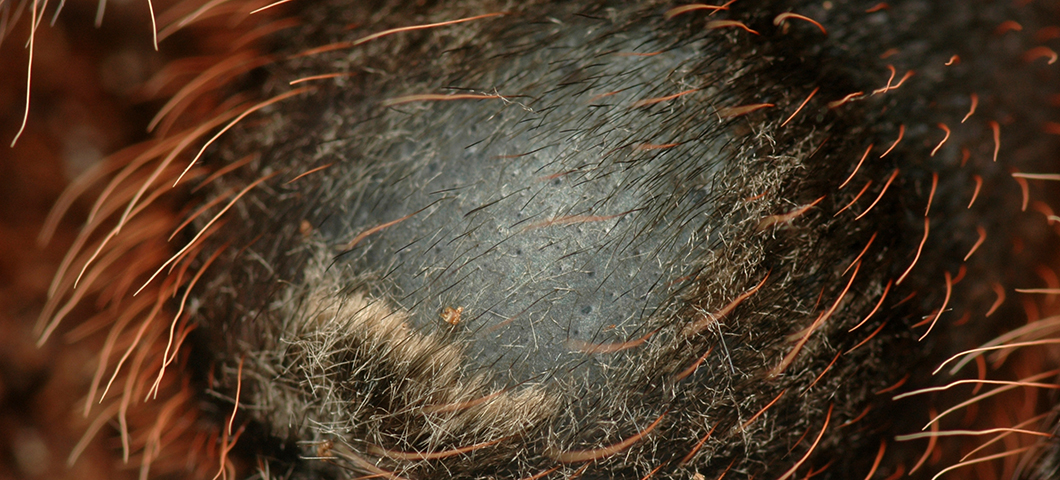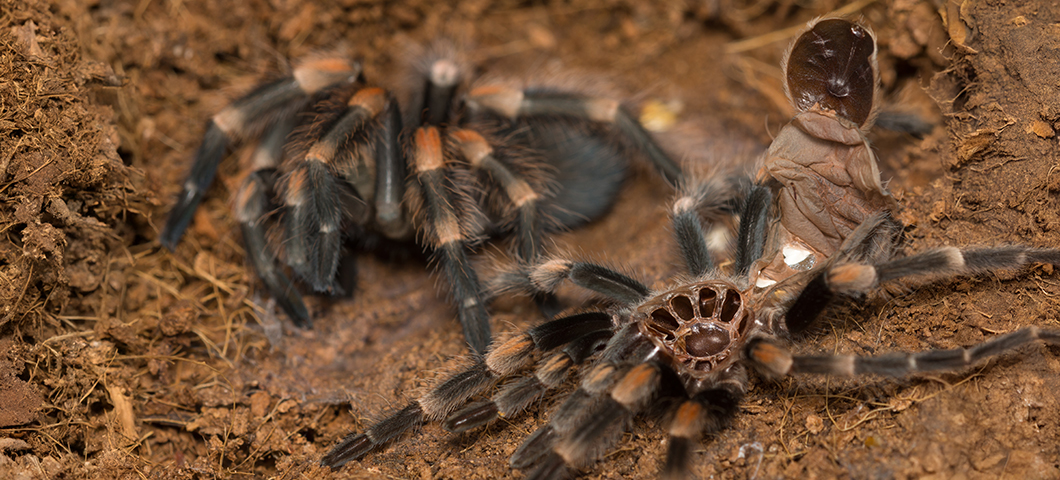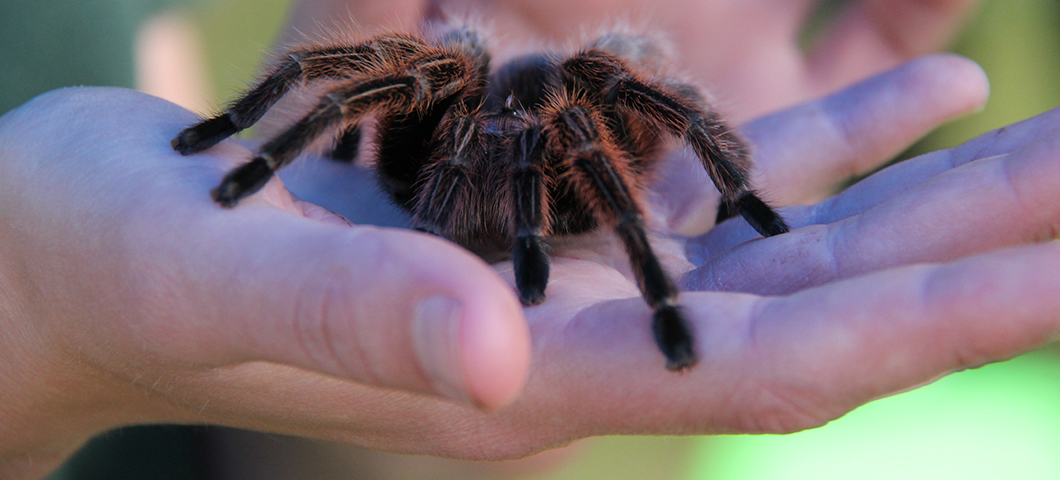Looks can be misleading. For example, deer look cute and harmless. But that’s not necessarily true. Deer have been known to attack people. The opposite is true for tarantulas.
Tarantulas are fierce-looking spiders. They’re hairy. They have fangs. And some of them are huge. One kind of tarantula is the biggest spider of all. But unlike deer and many other animals, tarantulas have no interest in people. If you don’t bother them, they won’t bother you. And if threatened by another animal? They would rather run away than fight.
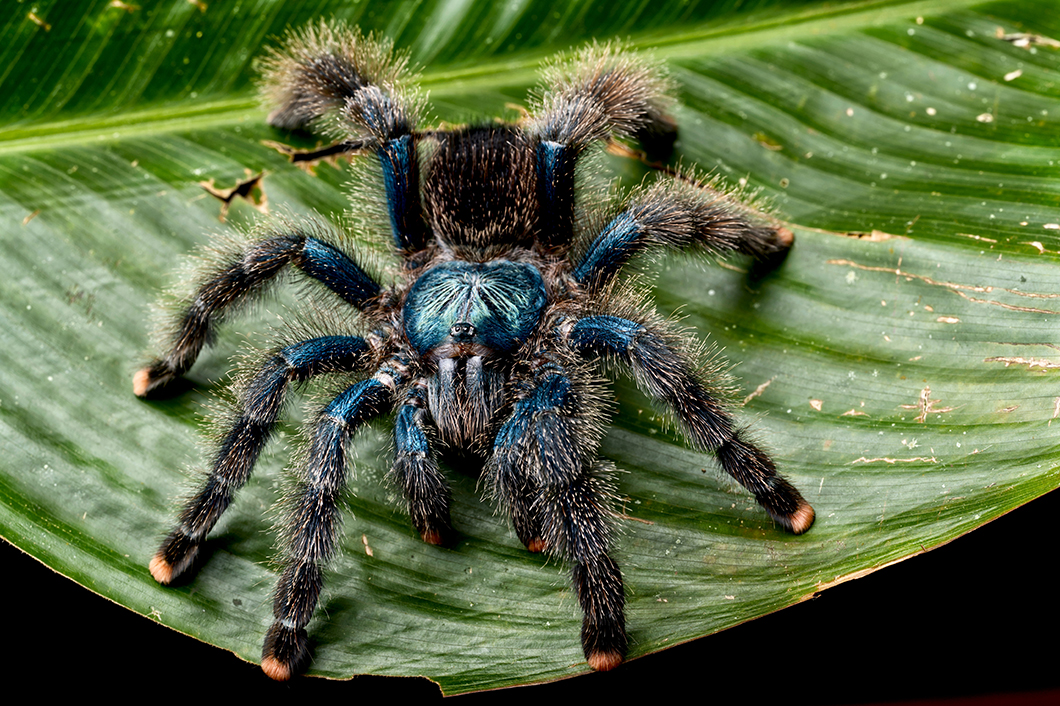
▲ All 1,000-plus kinds of tarantulas have two body parts and eight hairy legs. (They are not insects!) Two shorter, leg-like parts of their body are called pedipalps. These help the spider sense objects in their surroundings. Tarantulas have four pairs of eyes. Even so, their vision is not very good.
Check It Out!
How did the tarantula get its name?
The name tarantula comes from Taranto, a city in Italy. That’s where the first tarantula bite was reported. That was about 1,500 years ago. People thought the poison was deadly. They believed the cure was to dance the poison out of the body. The dance became known as the tarantella. It’s still a popular dance in Italy.
Tarantulas are warm-weather animals. They live alone in rain forests, deserts, and grasslands, including the southwestern United States. You may find them in trees and under logs or rocks. Many dig deep burrows and line them with their own homemade silk. The silk helps keep dirt from coming in. ▶
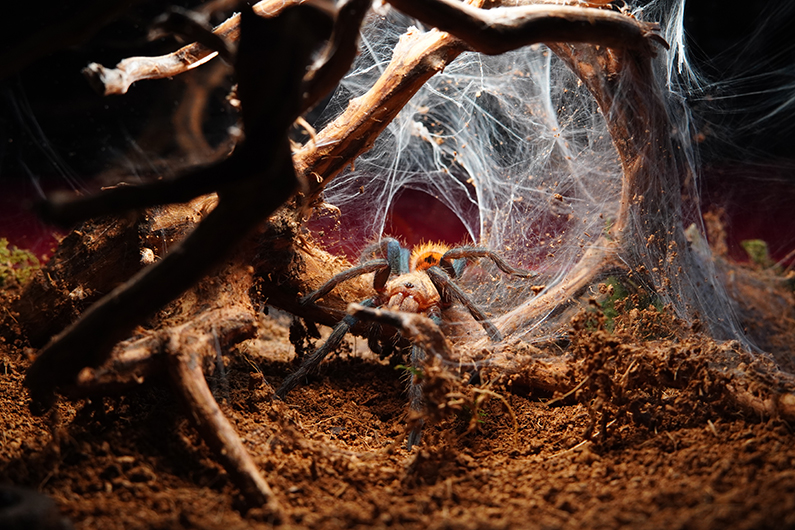
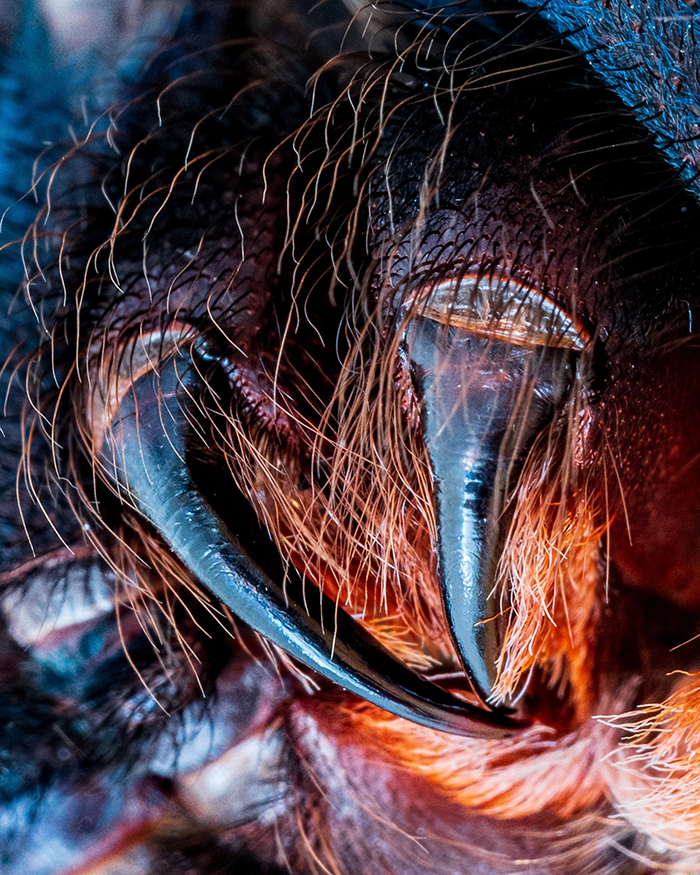
▲ Most tarantulas feed on insects. Some hunt for birds and other small animals. Mostly they rely on ambush, or surprise. A tarantula grabs its meal and then bites it with its fangs. A deadly poison flows through the fangs into the prey. The poison turns the prey into a tasty liquid.
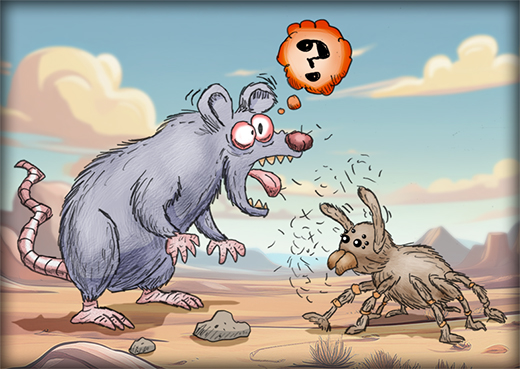
◀ Often, tarantulas run away when threatened. But many use the hairs on their abdomen to defend themselves. The hairs have prickers. When in danger, tarantulas use their legs to brush the hairs into the air. The prickers poke the eyes, nose, and mouth of an attacker, causing pain and irritation.
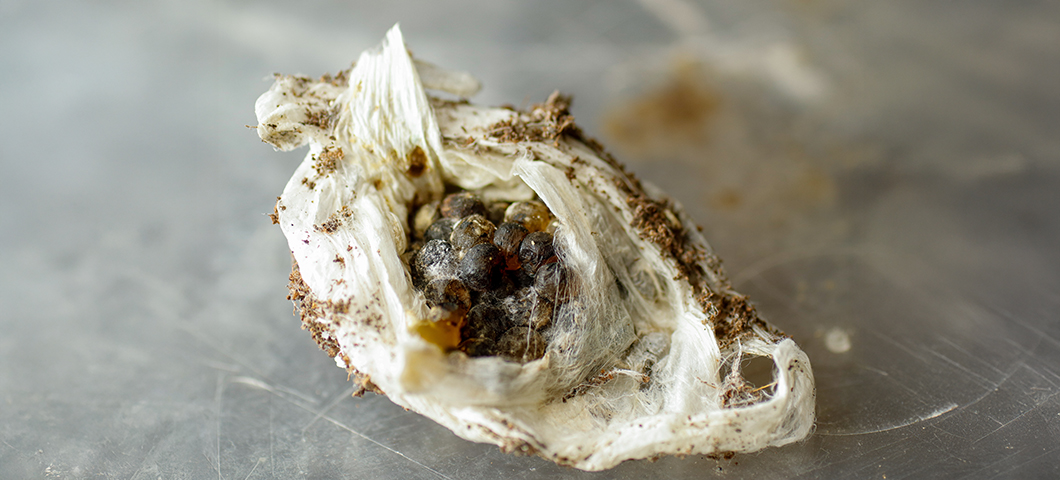
A tarantula lays hundreds of eggs on a silk pad. It covers the eggs with more silk to make a cocoon.
